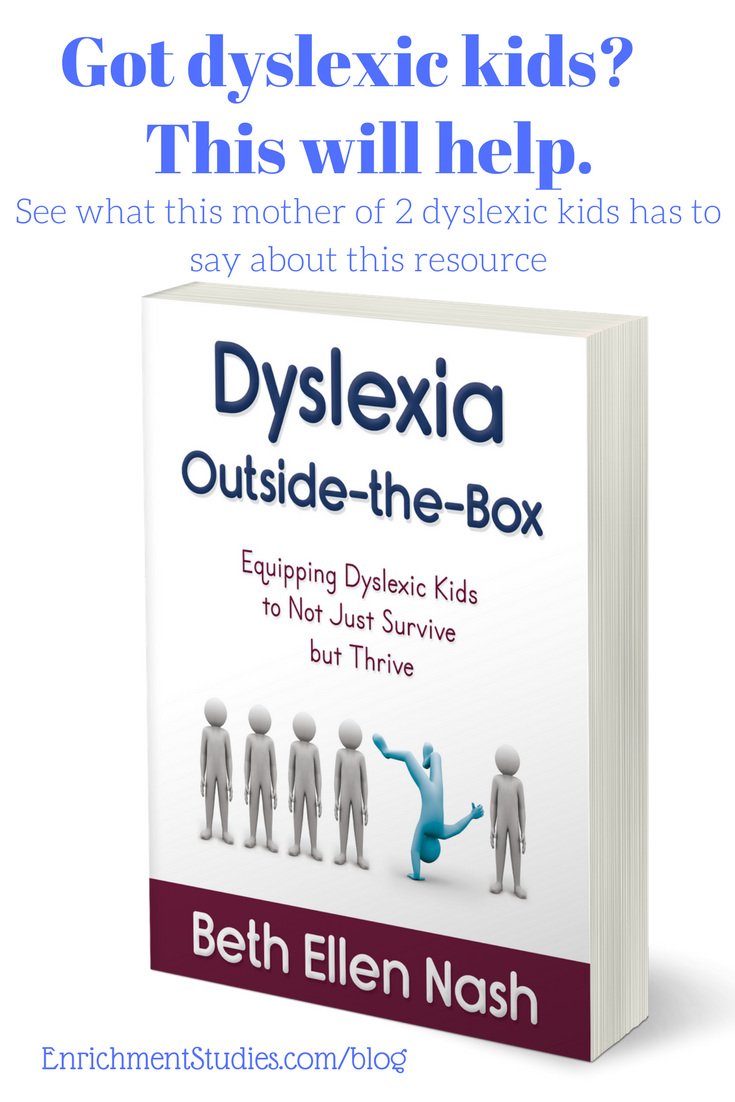 Over the years I’ve shared about my experiences homeschooling my six children, including two of whom have dyslexia. I’m often excited and encouraged to see new developments, awareness, and resources coming available to help other families that are striving to help their children learn, despite any special challenges or difficulties. When I was given the opportunity to review Beth Ellen Nash’s book, Dyslexia Outside-the-Box, I knew I wanted to check it out so I could share about it with other parents that are also searching for answers. The author has kindly sponsored this post, while all opinions expressed are my own.
Over the years I’ve shared about my experiences homeschooling my six children, including two of whom have dyslexia. I’m often excited and encouraged to see new developments, awareness, and resources coming available to help other families that are striving to help their children learn, despite any special challenges or difficulties. When I was given the opportunity to review Beth Ellen Nash’s book, Dyslexia Outside-the-Box, I knew I wanted to check it out so I could share about it with other parents that are also searching for answers. The author has kindly sponsored this post, while all opinions expressed are my own.
Dyslexia can be a really confusing thing for parents to identify and understand, particularly because it’s not a straightforward condition. While many people think that dyslexia is mainly about confusing b and d, p and q, or writing other letters or numbers backwards, instead it includes so many different traits and levels of difficulty, that in some ways I think it would be true to say that it is not exactly the same for any two people. Dyslexia Outside-the-Box offers us a fresh look at both the common challenges that dyslexic people face, but also does the great service of giving us insight into the unique strengths that often accompany dyslexia. This is such an important and encouraging thing for dyslexic kids and parents to understand, because it can be easy to get stuck in a spot where you feel like dyslexia is all about having a learning disability, instead of realizing that it also comes with some superpowers that are pretty awesome. This book does a great job of offering parents and educators information on mitigating the difficulties, while also capitalizing on the strengths that dyslexics are often blessed with. Even my young adult dyslexic son continues to be encouraged by mentions of high-achieving people in all walks of life and throughout history that share his dyslexic traits. These people continue to remind him that while he has some things that are difficult for him, he is also extremely gifted in other areas.
I really appreciated the candor with information about common misperceptions of dyslexics. One of the reasons I knew my dyslexic kids needed to be home educated was because I did not want them in an environment where they were getting the message that they were “the dumb one.” This quote in the book is just one example:
“The brain of the intuitive processor works so quickly that the tongue cannot keep up. Their relatively slower verbal-processing speed leaves observers with the impression they are stupid, daydreaming, not paying attention, or lazy.”
What a valuable insight for parents and educators that may be tempted to jump to these negative conclusions about a child, rather than learning to understand the true nature of what’s going on! Just the other night my 19 year old dyslexic son shared about some of his experiences in a group homeschool class where people were quick to write him off because he was not great at verbalizing his understanding of a topic. When he would have a rare opportunity to express his thoughts, he noticed that the other kids in his class looked kind of amazed that he actually knew something. Well, observant parents usually know that their children are smart, and in the case of dyslexia, a home education can be an ideal space to capitalize on your child’s strengths with no stigma attached. This book is a wonderful resource for all parents with this goal.
The chapters in the book address typical areas of struggle for dyslexics, including reading, spelling, and writing, and give a lot of practical ideas for making learning work in all of these areas. Experienced parents of dyslexic kids may be encouraged to see that some of their favorite learning materials align very well with the recommended ways of approaching these challenges, and for parents that are still figuring out what works, this book is very helpful in giving you insight and guidance on what types of approaches work best for dyslexic kids and why. I really enjoyed seeing the lists of specific ideas related to memory devices, skip counting and other memory songs, role playing and special projects, and more.
 For those of you that have done your fair share of exploration into various methods for addressing dyslexia, you’ll be sure to recognize the many mentioned techniques and approaches such as Orton-Gillingham, Lindamood-Bell, Davis Dyslexia Correction methods, Diane Craft, and others. Author Beth Ellen Nash is quite familiar with all of these, and more, and does a good job of explaining the various ways these can be helpful, and also explains how the services she offers at Wings to Soar Online Academy incorporate a wide range of these skills to help students. There are also lots of mentions of online resources that can be helpful for dyslexics, such as Moby Max, MindPlay, and many others.
For those of you that have done your fair share of exploration into various methods for addressing dyslexia, you’ll be sure to recognize the many mentioned techniques and approaches such as Orton-Gillingham, Lindamood-Bell, Davis Dyslexia Correction methods, Diane Craft, and others. Author Beth Ellen Nash is quite familiar with all of these, and more, and does a good job of explaining the various ways these can be helpful, and also explains how the services she offers at Wings to Soar Online Academy incorporate a wide range of these skills to help students. There are also lots of mentions of online resources that can be helpful for dyslexics, such as Moby Max, MindPlay, and many others.
The appendix section takes up more than half the book and is incredibly valuable. It includes:
- Dyslexia Intervention Options: Excellent advice for parents seeking help within schools, outside of school, and while homeschooling, with specific actionable recommendations that you can start using right away, as well as information that directly pertains to services available through Wings to Soar Online Academy. This section is also very helpful in giving a thorough summary of other popular methods for dyslexia intervention, which will certainly save parents a lot of time and legwork to simply have a good summary in this one resource. I also like that there is specific information about how long it should take before you start to see the fruits of your labors. Knowing what you’re looking for and when to expect to see it is a big help in keeping going with new approaches to help your child!
- Leveling the Playing Field through Accommodations: Whether you’re seeking an IEP in a school setting, or looking for ways to help your child’s learning soar despite their dyslexia, this is a great chapter full of help. Even experienced parents of dyslexics are sure to find at least a few new tools here, or be reminded of a few that you may have forgotten about.
- Teaching Principles, Strategies, and Tools: I love this chapter and the very specific, actionable suggestions for teaching dyslexic kids. This information is pure gold for all home educators with kids of all types, and will provide you with the sort of teacher training that I wish every home educator could receive!
- Expanded Multisensory Practice: This chapter is an additional gem that you will not want to miss!
- High-Frequency Spelling Patterns Worth Learning: I love the practicality and expediency of this approach! This information helps you cut straight to the best use of your time for helping your children (all of them!) learn to spell and understand spelling rules.
- Phonological and Phonemic Awareness Exercises: This chapter is another great teacher training opportunity for parents. So valuable!
- Challenges that Often Co-Exist with Dyslexia: As most parents of dyslexic kids know, it’s usually not just that one thing. Executive function issues, dysgraphia, attention issues, auditory and visual issues, processing issues, and other challenges are often additional factors. This chapter will quickly help you understand what else you might be observing, and give you a starting point for getting help with those things as well.
- Making Sense of Jargon: This is valuable for all parents that are delving into the world of special educational needs. Just like the rest of this book, it’s very practical and useful.
- Resource Recommendations: This terrific section provides you with some of the best and most helpful resources for learning more and solving issues that your kids are facing. For the home educating parent that is typically having to become a junior expert on all of these issues, this section is a great road map for learning and becoming more aware of what’s available to help you and your child.
Overall, this book is very positive, practical, and actionable, and I believe it can be an excellent tool for all parents looking for ways to educate themselves to be able to better help their dyslexic kids. I appreciate that the book has a helpful combination of advice for parents that are interested in becoming equipped to handle these challenges themselves, as well as specific information about how the Wings to Soar Online Academy is available to assist. So many families find expert guidance helpful in situations like this, so it’s great to see yet another practical solution presented so clearly for parents. If you’re interested in learning more about Wings to Soar Online Academy, you can visit their website here, or their facebook page.









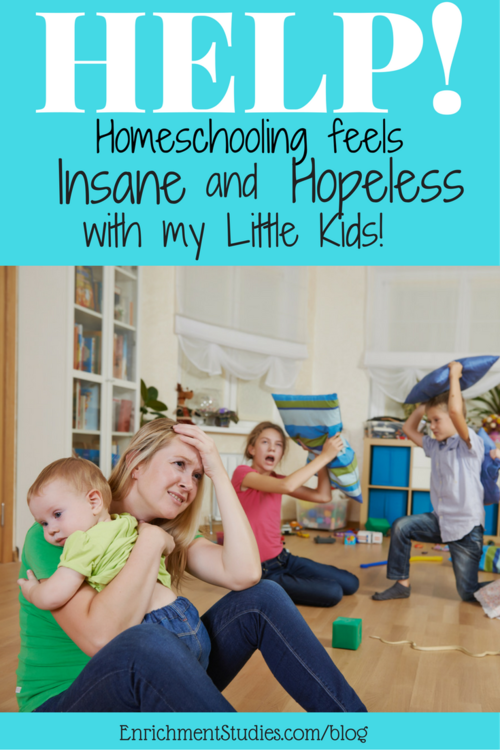

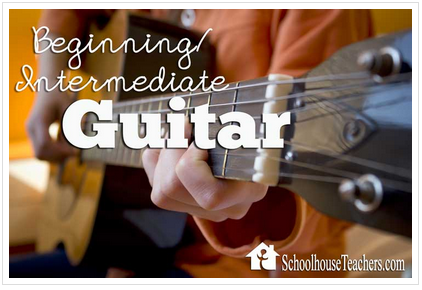


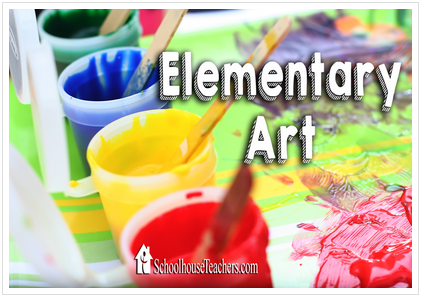

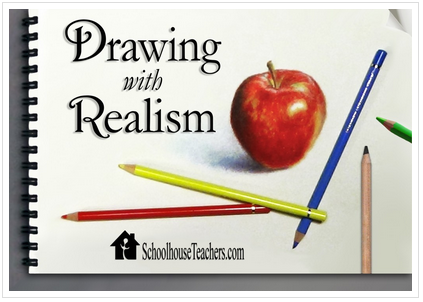
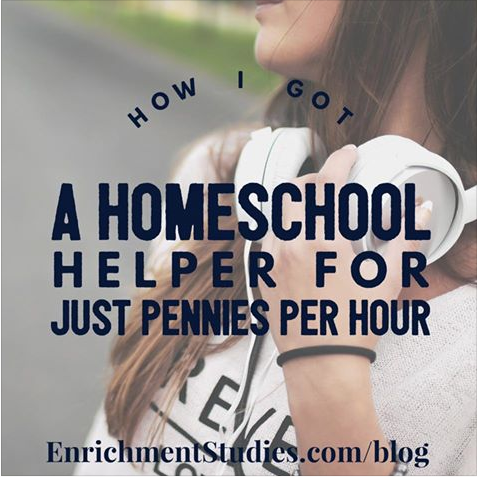


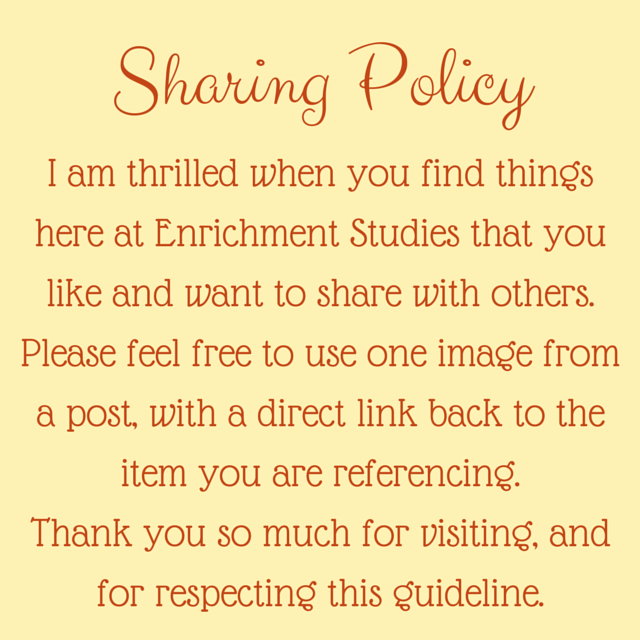
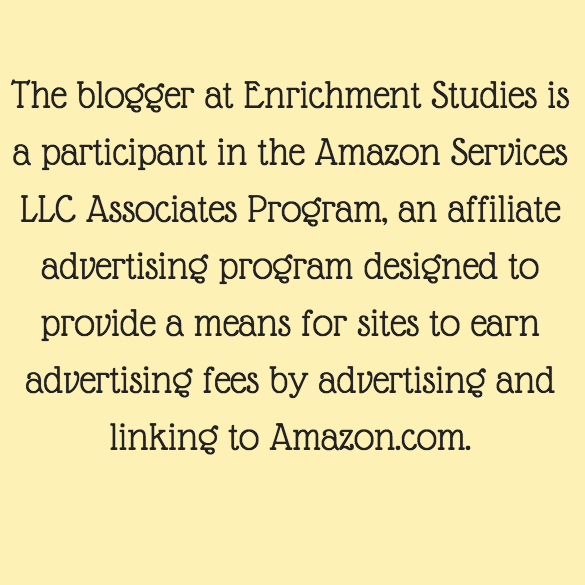
I homeschool 2 children with dyslexia & am always looking for new reliable resources.
We are just coming around to understanding that my middle daughter is walking with dyslexia. This book sounds great.